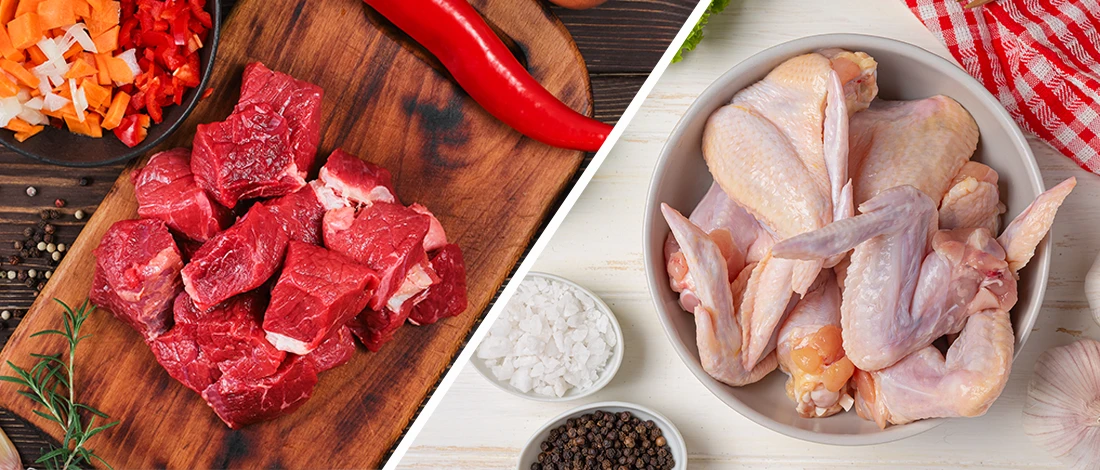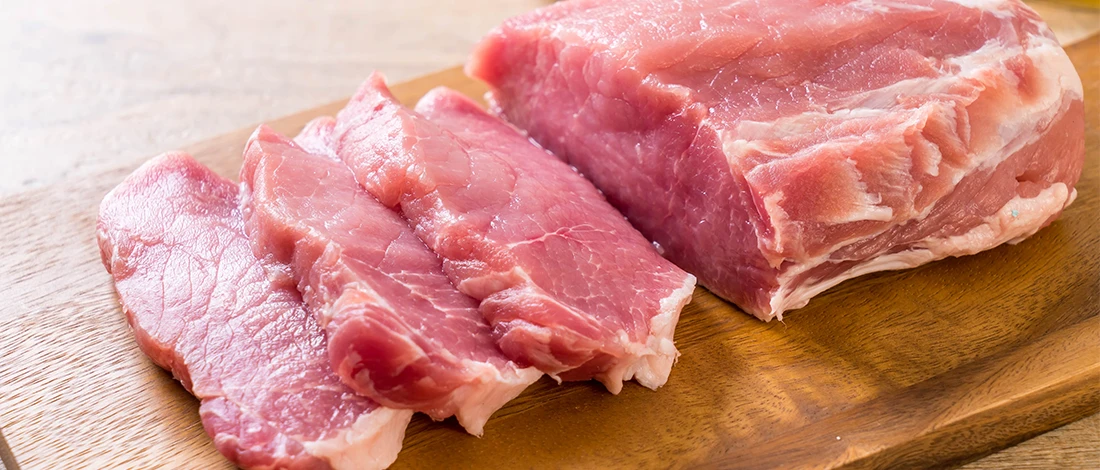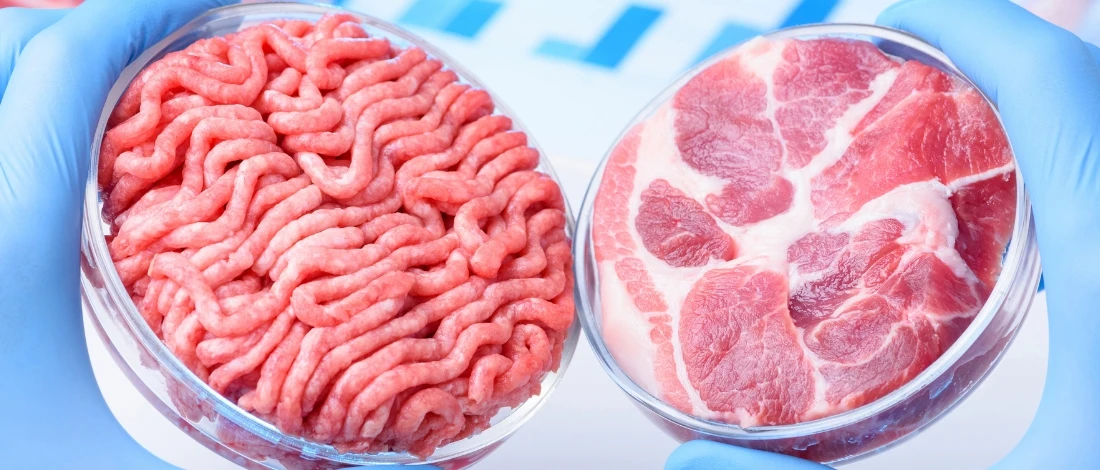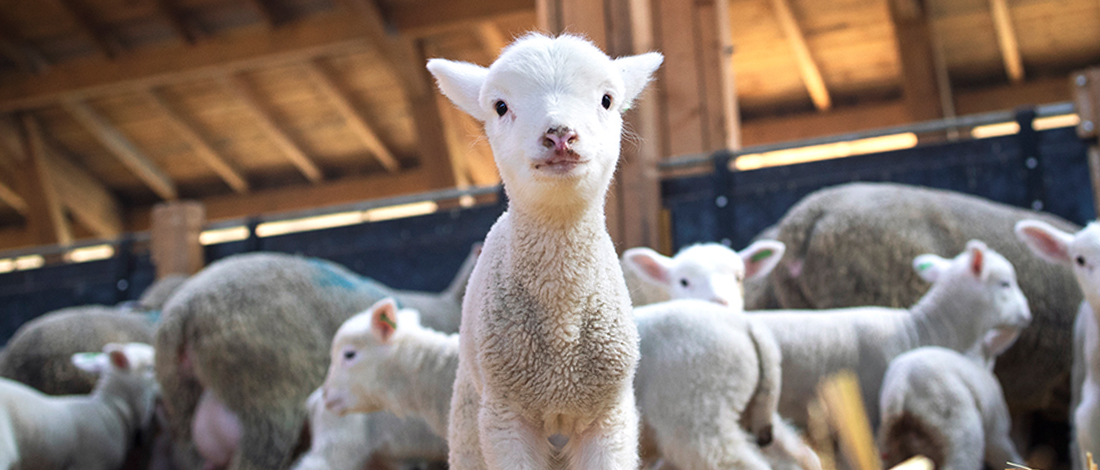In the world of gastronomy, few names are as perplexing as "sweetbread." Contrary to what its name implies, this delicacy is neither a loaf of bread nor is it sugary sweet.
As a seasoned carnivore who has navigated the diverse landscape of meats, I can emphatically confirm that sweetbreads are indeed meat and quite the delicacy at that.
So, prepare to expand your culinary horizons as we delve into the fascinating details of what sweetbreads truly are. Read on for the full scoop.
Quick Summary
- Sweetbreads are organ meats from an animal's thymus gland or pancreas, most commonly a calf or lamb.
- Since the thymus shrinks as the animal ages, sweetbreads are considered a delicacy, as they can only be harvested from young animals.
- The taste of this offal meat has been described as rich, creamy, and subtly nutty.
The Basics of Sweetbreads
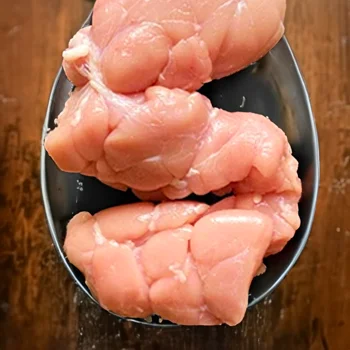
Sweetbreads are considered offal, the edible internal organs, and entrails of an animal. While this may not sound appetizing, these organs are some of the animal's most nutrient-dense and delicately flavorful parts.
Offal is any edible part of the animal that is not muscle meat, and it includes organ meat from the liver, heart, kidneys, and brain.
Humans have eaten offal since before the 16th century, and it is only in recent years that we have become squeamish about offal and sweetbreads. To get past the name, some restaurants call sweetbreads "fancy meat," "variety meats" or "gourmet meat."
What Are The Types of Sweetbreads?
There are two types of sweetbreads: neck (or throat) sweetbread and chest (or stomach) sweetbread.
Throat sweetbread is the thymus gland of the animal and is typically smaller and more delicate than chest sweetbread.
The thymus is located in the neck area, just behind Adam's apple, and its purpose is to produce hormones that help a young animal's immune system.
Chest sweetbreads come from the pancreas at the partition between the stomach and the animal's small intestine.
Pancreas sweetbreads are larger and more robust than throat sweetbreads and have a slightly different flavor. The pancreas is responsible for producing enzymes that enable the animal to digest food.
Some chefs do not consider the chest to be true sweetbreads, as they do not come from the neck area. However, they are still technically offal and are often lumped in with thymus sweetbreads for cooking.
Instead, these chefs talk about throat sweetbreads and heart sweetbreads. Both come from the thymus, but the heart sweetbread is from the central thymus and is rounder and more compact. They are more easily sliced and are considered the better of the offal.
What Are Sweetbreads Made From?
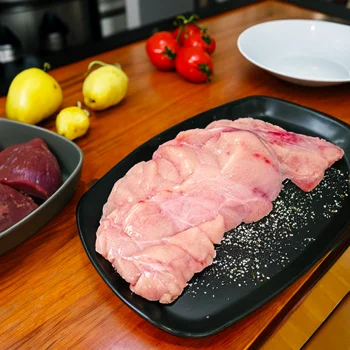
Sweetbreads are made from the organs of cows, pigs, and sheep. The most common type of sweetbreads you will find in restaurants is veal, but pork and lamb sweetbreads are also quite popular.
However, all throat and heart sweetbreads come from young animals. This is because the thymus is only active during the early stages of life. The gland shrinks, becomes fatty and fibrous, and ceases to function as the animal ages [1].
So, when you see thymus sweetbreads on a menu, you can be sure that they come from young cattle or sheep. They will be lamb or veal sweetbread. Any sweetbreads from an older animal will come from the pancreas gland.
"Sweetbreads found favor in Colonial America, particularly among Shakers who had extensive herds of calves, which produce more delicate tasting sweetbreads than lamb or beef cattle."
- Los Angeles Times
Veal or lamb sweetbread has a lighter color, is more flavorful, and has a better texture than sweetbreads from pigs and cattle.
Beef sweetbreads are larger and have a more robust flavor, while pork sweetbreads fall in the middle in size and taste.
Sweetbreads have a creamy texture, often described as succulent and tender. Rich tasting, they can be braised, deep-fried, poached, roasted, grilled, or sautéed with success.
Sweetbread Meat Nutrition
Sweetbreads can be a nutritious part of your diet, as they are rich in protein, vitamins, and minerals.
In particular, they have a good amount of potassium, iron, and magnesium. They also contain vitamins C and B6, as well as fat-soluble vitamins A, E, and K.
A four-ounce serving of cooked sweetbread meat contains 342 calories, and a good portion of that comes from protein. A serving of sweetbread contains about 13 grams of protein [2].
That said, sweetbreads are not a low-fat food source. A serving has 32 grams of fat.
Another nutritional concern with sweetbreads is that they are high in purines. These compounds break down into uric acid in the body, and high uric acid levels can promote the disease known as gout [3].
However, this is only a concern if you regularly eat large amounts of sweetbreads or other purine-rich foods. If you cook sweetbreads only occasionally, there is no need to worry.
The Best Way to Cook Sweetbread Meat

Sweetbreads are not prepared like other meats and require a bit of special care.
- The first step in preparing sweetbreads is soaking the raw organs for a minimum of three hours in cold water, milk, or creamy buttermilk.
- Some people will soak sweetbreads longer, even overnight. In this case, you may want to change the milk or cold water a few times during the soaking process. The soaking helps to remove any red blood cells or impurities which may be present in the meat.
- After soaking, you should blanch the sweetbreads. This is done by simmering the meat in boiling water for three to five minutes. The sweetbreads are then dunked in ice water until they are cool to the touch.
- The blanching process does not cook the sweetbreads. Instead, the boiling water and ice bath set the proteins in the sweetbreads and make them firm so you can handle them more easily.
- After blanching, you can remove the sweetbread's outer membrane if desired. To do this, use a sharp knife to make an incision around the organ and then peel it away. If the sweetbreads are still wet, it will be easier to remove the membrane.
- You can now cook the sweetbreads. Traditionally, sweetbreads are served in a cream sauce like truffle or Madeira
However, these days people cook sweetbreads in any number of recipes:
- Breaded and fried
- Soaked in buttermilk and poached
- Broiled and served with capers or a lemon sauce
- Added to stews with mushrooms and vegetables
- Grilled or braised
- Placed in sausages along with pig, turkey, fish, etc
Overall, sweetbreads are hard to overcook even though they finish quickly. This makes variety of meats a good choice for novice cooks.
The safest way to get your hands on such meat is to order from reputable sources like ButcherBox.
Related Articles: What Is the Healthiest Way to Cook Meat?
FAQs
What Do Sweetbreads Taste Like?
Sweetbreads taste delicious, with a mild flavor and a slightly nutty taste. Chest sweetbreads are more robust in flavor than heart sweetbread, but all are milder than meat that comes from muscle flesh.
Where Does the Word Sweetbreads Come From?
The word "sweetbread" likely comes from a corruption of the 16th-century word "swetebraed," which translates as "sweet roasted meat." This is likely because the glands have a comparatively sweet taste when put against the more savory muscle meats.
What Part of the Cow Is the Sweetbread?
Two parts of the cow are sweetbread - throat sweetbreads from the thymus gland and stomach sweetbreads from the pancreas. Since the thymus disappears throughout an animal's life, throat sweetbreads always come from a young animal like veal or lamb.
References:
- https://fdc.nal.usda.gov/fdc-app.html#/food-details/173093/nutrients
- https://www.ncbi.nlm.nih.gov/pmc/articles/PMC3889907/
- https://www.healthline.com/health/gout-causes



